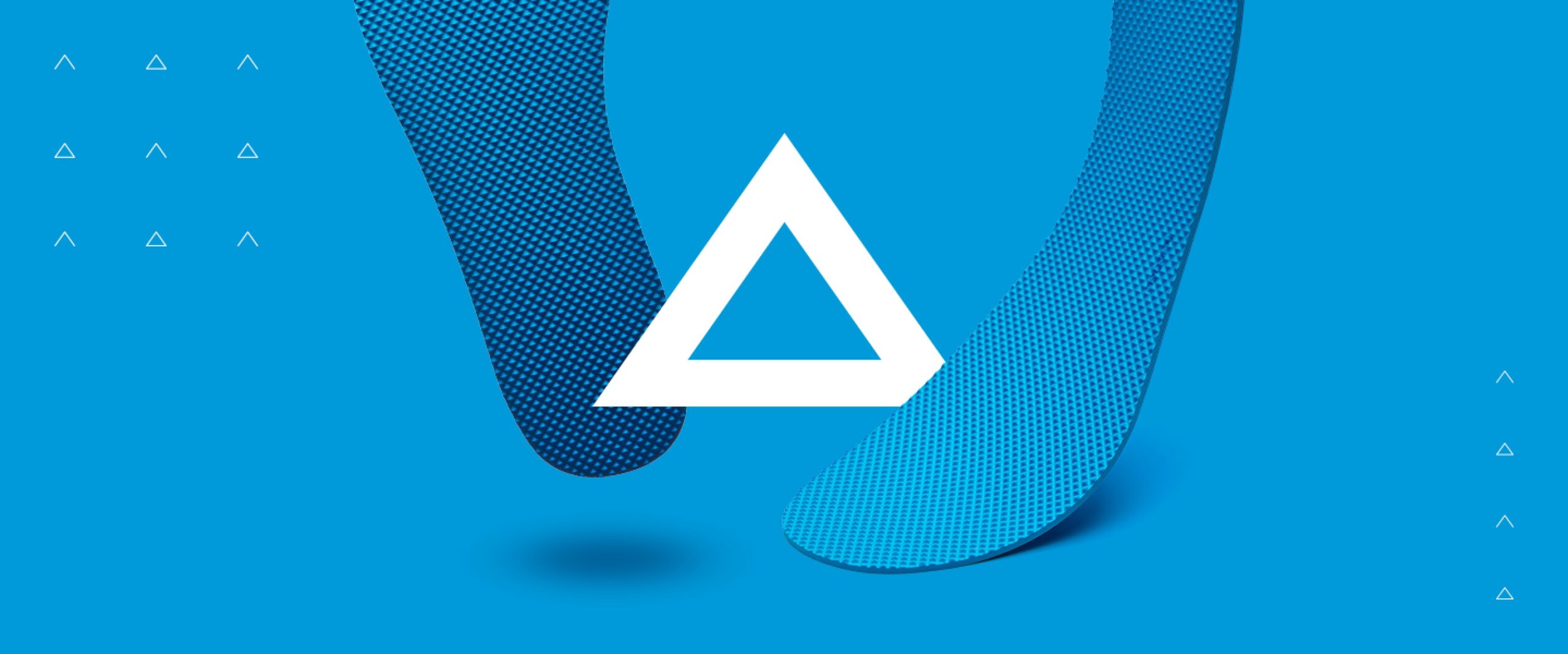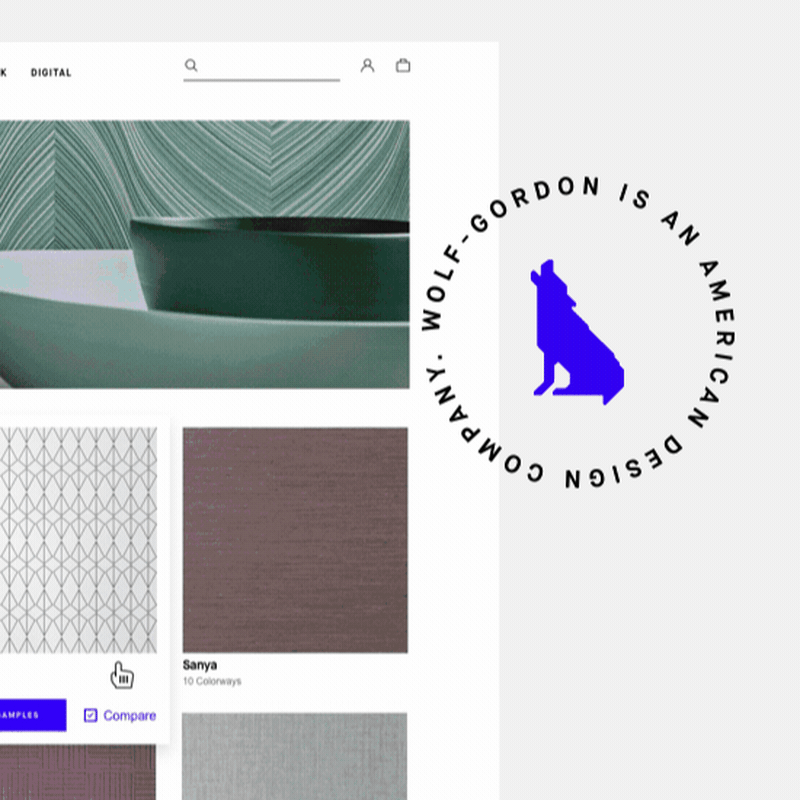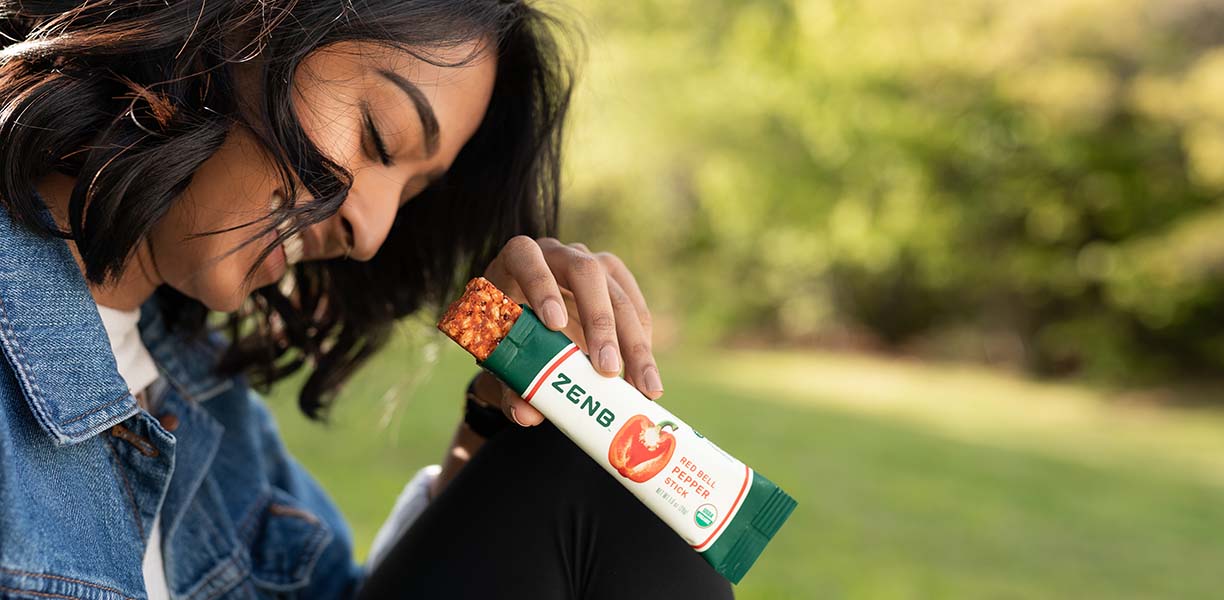Art Directing a Successful Product Photoshoot

I’ve been fortunate enough to plan, art direct, and execute creative for five radically different types of photoshoots this year (so far!) and there’s a clear pattern for what gets you a successful experience and output. Whether it’s juggling a dual photo / video setup over a few days or art directing remotely for half a day, there are a series of general questions you should ask yourself to keep things rolling smoothly.
Identify roles and responsibilities ahead of time.
Like most design-related work, design by committee rarely yields the most powerful results. Be open to all ideas and don’t be afraid of a little play, but don’t let decisions hinge on pure democracy. Remember, democracy is safe, but not always what is needed. Know who has final say, and make sure that their final say is rooted in the needs of the client or brand and product requirements, not mere personal preference. As art director, the outcome of the visuals is your realm – it’s your space to demonstrate your expertise. The same goes for each member of your team.
- Are the staging artifacts you’re using on brand?
- Is anything distracting from the product or main focus of the shot?
- Is the story of the shot clear?
- Has everyone’s voice been heard?
- What is team chemistry like?
Pro Tip: Kick off the day with coffee and chatting. Make sure everyone knows each other and has an opportunity to get a feel of the personalities they’re going to spend the next few hours (or days) with. This upfront time gives you the opportunity to make sure everyone knows what the goal of the day is. Get everyone together, even for a moment, and make the day’s actions clear.
Set up the team for success.
You’ll often find that you’ll be the one that needs to manage and protect the team. Come prepared with multiple printouts to help everyone understand what is done versus up next. I like to post them in a few places and cross out completed shots as we go to help keep the feeling of progress going. On a similar note, you may find that you’ll have to keep micromanagers at bay so that the experts can focus. Whether that means keeping the client, a peanut gallery member, or even yourself in check, battling micromanagement can help keep your entire day’s timeline from getting derailed.
- How involved will the client be?
- Do you bring the client in for sign-off only or are they needed for product prep and facilitation?
- Do you need a facilitator to help moderate pace and account for prioritized shots?
- Do you need to set up remote options to make sure that the client or even you can have a more productive session?
 A good example of how the team deals with micromanagement when you’re art directing remotely.
A good example of how the team deals with micromanagement when you’re art directing remotely.
Pro Tip: Get a remote setup going to give the client a live preview of the shots being taken while keeping them out of the hustle and bustle of the studio. This gives them the ability to give final signoff and see how things are progressing, but also forces them to express their opinions quickly and simply, which means they only deliver important notes, not gnawing subjectivity that slows things down.
Pro Tip: Account and project managers make for excellent facilitators on set as they are naturals when it comes to establishing a process, identifying opportunities for efficiencies, and simply keeping things in order. Connect with your team members to see if they want to be involved (because they should be since they’re part of the team too!)
Get to know the product.
Understand how it melts, breaks, moves, sits, tastes, and reflects light — especially under production lights all day. Know flavor profiles and pairings if applicable too. If you’re on a photo shoot, it’s typically very fast paced and you need to make a lot of decisions on the fly. Coming prepared helps skip the need to do more “exploring” than is needed for these basics.
- Will any of your artifacts dwarf the product?
- How will you work with the photographer to battle glares and odd textures?
- How are product competitors telling their product story?
- How can you use competitor photography to understand best practices and / or innovate within the industry?
Pro Tip: Send some product samples to your photographer and/or stylist ahead of time so that each of you has the opportunity to understand the highlights and breaking points of the product. It will make each of you a stronger decision-maker when it comes time to wing it on the day of your product shoot.
Plan your shots.
A photoshoot is really easy to get carried away with and many shots can be deceptively time consuming. Working with your team to gain foresight and plan for any red flags is key. If you’re short on time, remember that cutting the number of angles you’re shooting from can save you quite a bit of set up time depending on your workflow for the day. Often times, my goal is to have a non-stop assembly line of shots being prepped while others are being photographed so there’s minimal downtime or waiting periods.
- How thorough is your pre-production deck?
- How will budget affect your number of shots?
- Is your timeline realistic?
- Did you build in buffer time to account for snags and unanticipated hold-ups?

 Incorporating annotated sketches in your pre-pro decks help to visualize microelements and details that may easily get dismissed otherwise.
Incorporating annotated sketches in your pre-pro decks help to visualize microelements and details that may easily get dismissed otherwise.
Pro Tip: If you’re just getting started with photoshoots, give yourself wiggle room if you can. If you conclude that you need a full day, book a day and a half. Things always take longer than you think.
Plan to not have a plan.
Sometimes you find yourself off-roading, whether it’s because your original plan for a shot didn’t work out or by some miracle you actually have extra time to play. This is where you can get some freestyle shots in and experiment with everything around you.
- Has anyone come with manicured hands?
- What artifacts haven’t you experimented with yet?
- What new ways or contexts can you demonstrate the product in?
Pro Tip: Come with inspiration shots or some out-there ideas to play with. These types of ideas are bound to pop up as you do your preliminary research, and you may find that they inspire a lot of creativity at times when you may feel you’ve hit a slump or are struggling to find a resolution for a problem at hand.
Choose a photographer and stylist you trust and consult with them often.
Arm your team to have your back. Inform them of where your images will be used ahead of time so they can better consult you. Understand what resources they have available to them such as venues, backdrops, model connections, and other related relationships. Coming prepared having already performed some lighting tests to understand how certain surfaces may or may not shoot well will help you jumpstart your day.
- How much lead time do you have to prepare and experiment?
- How experienced is your production team?
- What resources do you have at your disposal between each of you?
- How collaborative are your photographer and stylist?
 Teams with varying levels of experience, age range, and areas of expertise make for some of the most creative photoshoots!
Teams with varying levels of experience, age range, and areas of expertise make for some of the most creative photoshoots!
Pro Tip: When in doubt, try to balance the experience of your team, meaning if you have a seasoned photographer, you can give a rookie stylist the opportunity to gain experience. If you rely on a lot of new people, you get junior work. If you rely on all senior people, you have to pay for it, and budgets rarely allow that.
Value your time during the shoot.
Before getting started, think through the setup and breakdown of each shot to identify potential blockers or time sucks. Try and block together shots that have similar layouts so you can work in an assembly line style.
- Which aspects of a shot should be tweaked in post-production vs fixed on site?
- What shot layouts can you repeat or recycle to save on styling time?
Pro Tip: Lean on your photographer when in doubt about what should be saved for post-production versus handled on the shoot. They have a lot of experience with tweaks and edits, so they’ll be able to provide quite a bit of insight here.
Make custom templates and mock up photos in real time.
Knowing where and how your work will be used is important. Often times we create web and mobile mockup templates so that we can output a single image for web design to ensure optimal load time. These layout templates are used as overlays for the live preview of a shot to ensure pixel perfection.
- Do you need an image to work in vertical and horizontal formats?
- What templates can you prepare ahead of time to design your shot around?
- What’s the max DPI you’ll need an image at? This affects how much you can zoom in or out on your subject.
 Simple PNGs with guides or text overlays are an easy way to frame your shots with precision on set.
Simple PNGs with guides or text overlays are an easy way to frame your shots with precision on set.
Pro Tip: Whether it’s print collateral, website photos, banner ads, or any other medium that you’ll be using your photos in, have a few layouts ready to go so you can test how your photos will work in context. Once you get a few good shots nailed down, you’ll feel like you can move forward with a lot more confidence.
Manage your own energy.
Whether it’s a half-day shoot or multiple days, photoshoots require a lot of simultaneously divided and undivided attention, which can be exhausting. Ration your energy because that exhaustion can sneak up on you. You and your team need to rely on each other to keep things stress-free and rolling smoothly. Said differently, have fun and don’t think you won’t come out of this shoot a little more closely bonded.
- What can you delegate and automate?
- How can you and your team work to energize each other?
- How can you keep things light among the fast pace of the shoot?
- What eye-roll-worthy dad jokes do you know?
 Oh, snap! Sometimes only half your team will survive a photoshoot.
Oh, snap! Sometimes only half your team will survive a photoshoot.
Pro Tip: Be sure to have someone responsible for setting the tone by providing music or entertainment of some sort on set. Also, make sure you have food, water, and coffee available at all times – this is a must! And, once you’re done, everyone gets an alcoholic beverage to unwind together. The shoot gods demand it.
Check out more of our photography on our Production page and reach out to us for a content production consultation!


